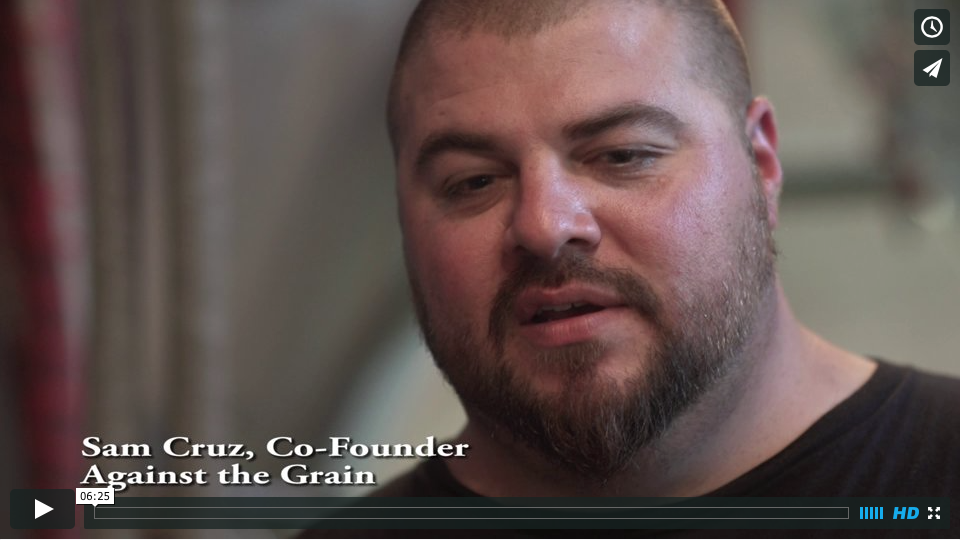
No matter how much effort you put into a perfect canning day, mistakes may still slip out into the marketplace. Going past the liquid — which of course is an important aspect in this and quality control and assurance before packaging should be paramount before going into the can — are things like leaking seams, damaged cans, bad cardboard or PakTechs, or a myriad of other things that can go wrong.
All of those are things that can happen to a consumer and they will want a problem mediated. Perry Dickerson, the Packaging Manager for Bell’s Brewery, said to plan ahead and be ready to have a process in place when it comes to having packaging in the market.
“Somebody is pissed because their 6-pack fell apart on the way to their car, they contacted you or they put something on Twitter,” he used as an example during a presentation at the 2024 Michigan Brewers Guild meetings. “We got a little Excel file to document this. I’m going to suggest that you take this piece of information back to your brewery, and you say ‘I think we need more Excel files.’
“Not all our customers are happy out there and I strongly encourage people to listen to them.”
That means retaining samples from your runs so that you can go back and see what happened on that run. Dickerson shared a few photos he and his wife took over the years showing different cans that had been damaged out in the market. He said he makes sure he buys that damaged product so it doesn’t go to someone else.
“Hopefully you did the pre-work with your seam analysis,” he said. “But if not, take this stuff seriously. It’s feedback that can make your brewery better. It’ll make fewer customers upset with you.”
It also means developing a feedback mechanism.
“It could be through your website, it could be somebody who monitors your social media,” he said. “Have a way for people to get in touch with you or have someone who works for your company who is compassionate, to respond to them.
READ MORE: Creating Practical Packaging Solutions for MBAA Students
That, or have a template set up so that you don’t sound defensive in a reply.
“You don’t sound like you’re blaming them,” Dickerson said. “Because you’re gonna get a lot of complaints that maybe aren’t legitimate also.”
And then, listen to the feedback.
“The people who are complaining are the people who care about your product,” he noted. “Sometimes, it may not be legitimate, but you can be the judge of that. People aren’t going to call you and say, ‘I think you had some loose seams or … was your tightness rating correct on this run?’ They’re gonna say I had a squishy can or your beer was flat. So get as much information from them as you can.”






Be the first to comment